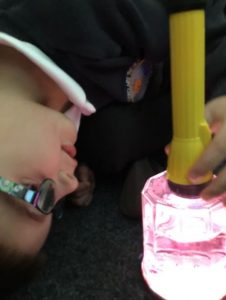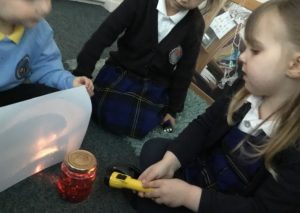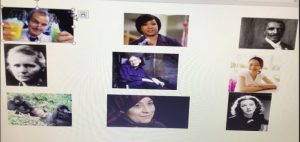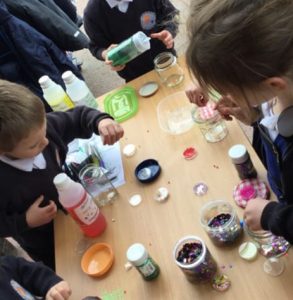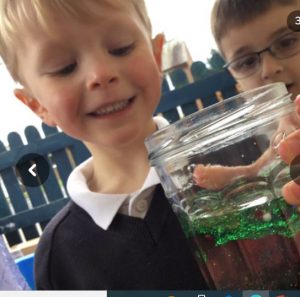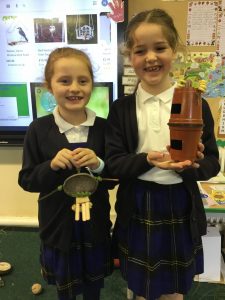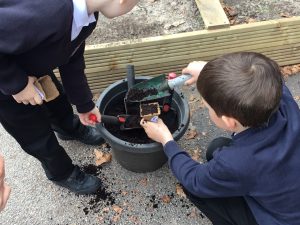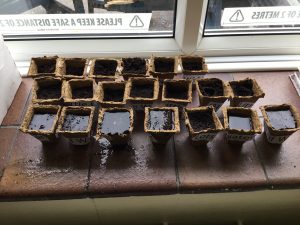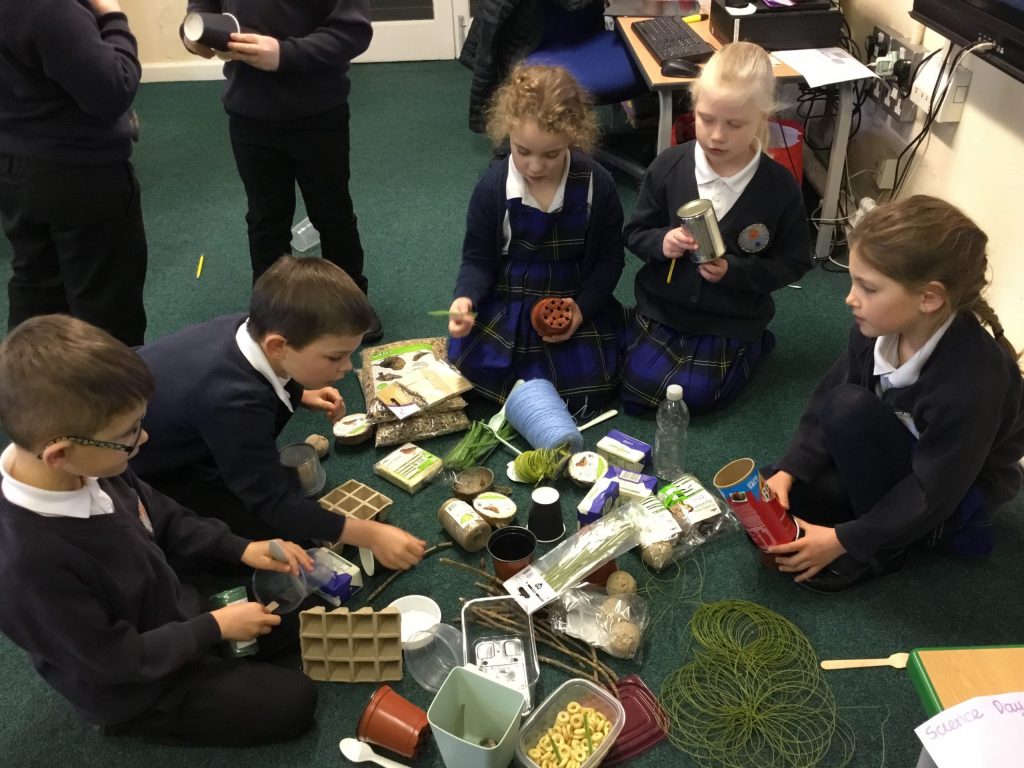Science Subject Leader- Mrs Mesghali
Intent:
At Hoole St Michael we strive to make science fun and exciting. Our curriculum is designed with the schools’ vision and ethos at the centre: ‘achieving excellence in the light of God.’
Science at Hoole St. Michael is taught by giving our children the chance to test, make mistakes and improve using the curriculum driver of Growth Mindset. Science within our school builds knowledge and skills developing children’s understanding of the world through first-hand experience and exploration while building up an extended specialist vocabulary.
We support our children in working scientifically through spotting patterns, understanding what they have found out, talking about their learning and asking questions. We aim to provide an environment where children are willing to take risks when trying out ideas and are given the opportunities to develop their scientific enquiry and conceptual understanding.
We want to inspire and challenge our pupils to become independent thinkers who use their understanding of the constantly changing world in which they live.
We aim to ensure that our children can learn about how science impacts upon and underpins much of our lives in today’s society, while practical activities should stimulate their curiosity and develop their enthusiasm and love for science.
Implementation:
To ensure that high standards of teaching and learning occur in science, we implement a curriculum that is progressive throughout the whole school. Planning for science begins with the ’National Curriculum 2014 Programmes of Study for Science,’ and ‘Understanding the World’ in the Early Years Foundation Stage. Where possible, science learning is interwoven within the topics being taught in order to provide a creative scheme of work, which reflects the skills and knowledge needed. Science teaching at Hoole St. Michael Primary School involves adapting and extending the curriculum to match all pupils’ needs. We build upon the learning and skill development of the previous years. As the children’s knowledge and understanding increases, and they become more proficient in selecting, using scientific equipment, collating and interpreting results, they become increasingly confident in their growing ability to come to conclusions based on real evidence.
Working Scientifically skills are embedded into lessons to ensure these skills are being developed throughout the children’s school career and new vocabulary and challenging concepts are introduced through direct teaching. This is developed through the years, in-keeping with the topics.
Due to Covid-19, we are ensuring that we have a recovery curriculum for Science in place which addresses gaps in our children’s learning.
Impact:
At Hoole St. Michael the children are enthusiastic about science. There is a clear progression of children’s work and teachers’ expectations in our school. The children’s work shows a range of topics and evidence of the curriculum for all science topics. Children within our school are becoming increasingly independent in science, selecting their own tools and materials in order to lead their own investigations. The use of correct scientific vocabulary is celebrated. We aim for our children to leave us ready to take on the challenges of science learning with a firm foundation in concepts, skills and independence in their learning.
Science Policy 2021:
Science Day 2021:
We had an amazing day across the school with the theme ‘Innovating for the future.’ During the day, Discovery designed and made flitter jars. The children then looked at the effect of light on their lovely jars. There were lots of “wows” to be heard! In Atlantis, the children linked their learning to the great outdoors by designing and making bird feeders using recycled materials – what lucky birds we have at Hoole Saint Michael! In Enterprise, the children linked their learning about their bodies and learnt all about prosthetics. They then went on to build a moving model of a hand looking at how biomechanics create mechanisms to imitate the tendons – high five children! In Endeavour, the children linked their learning to an English unit ‘Girl and Robot.’ Their task was to write an article for the ‘New Scientist Magazine.’ The children used their group work and measuring skills along with their knowledge of structures to build a geodesic dome out of straw and midget gems.
As a whole school, all of the children looked at photos to challenge stereotypical views of what a scientist looks like. 